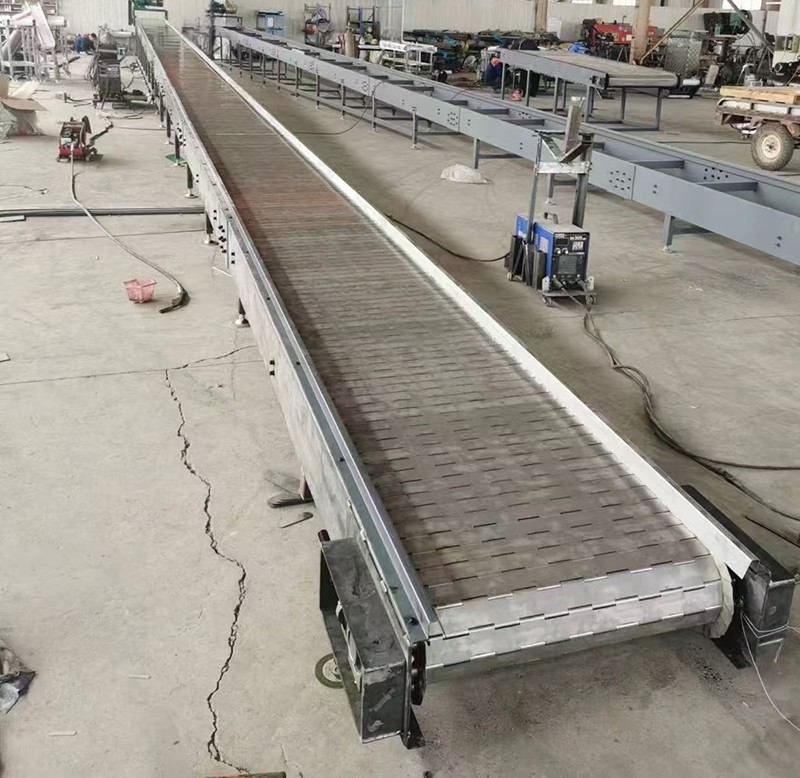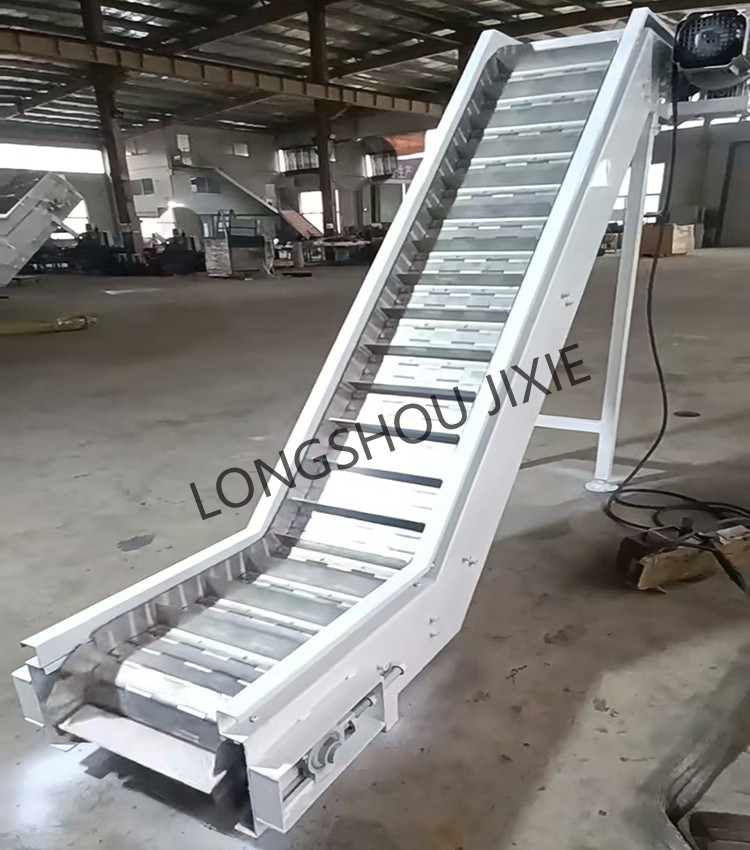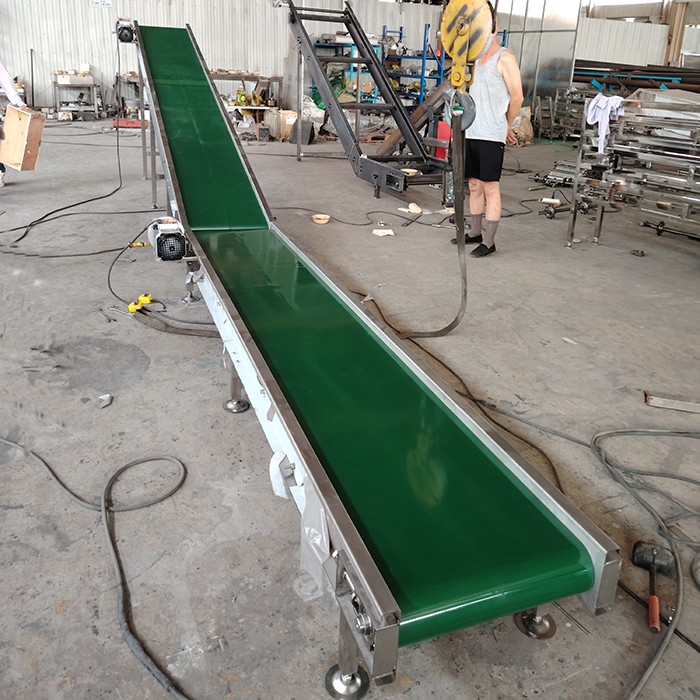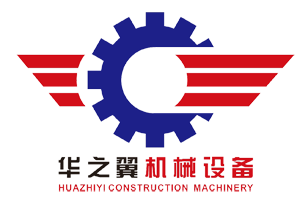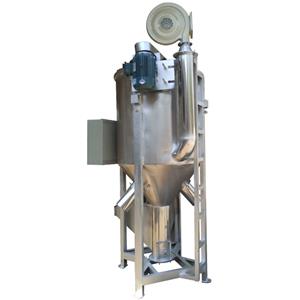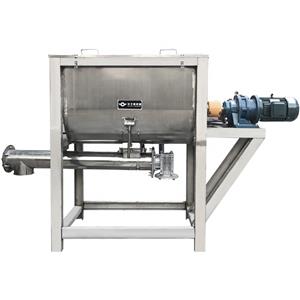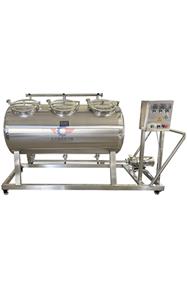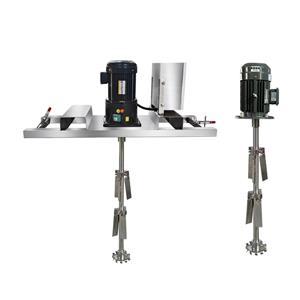Today we will introduce the styles of belt conveyors
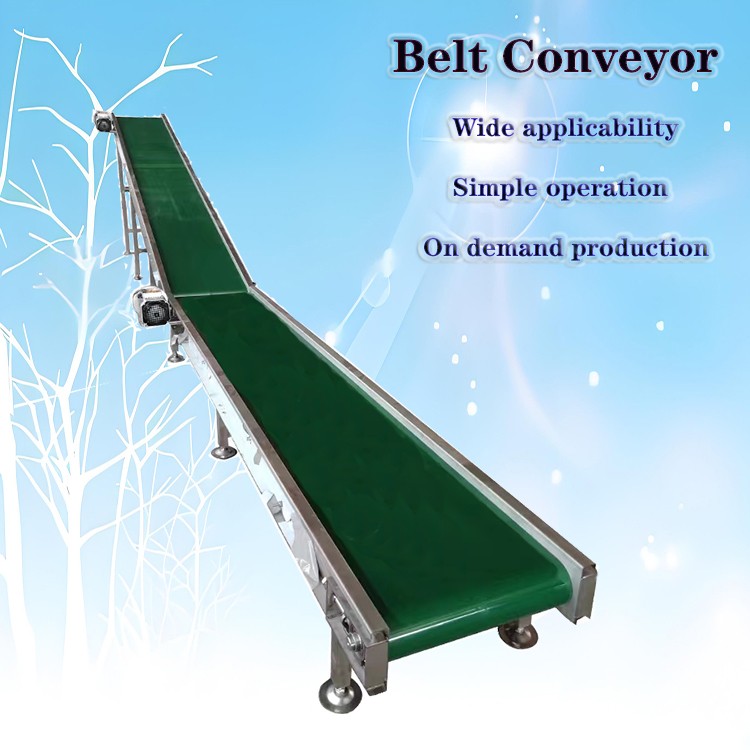
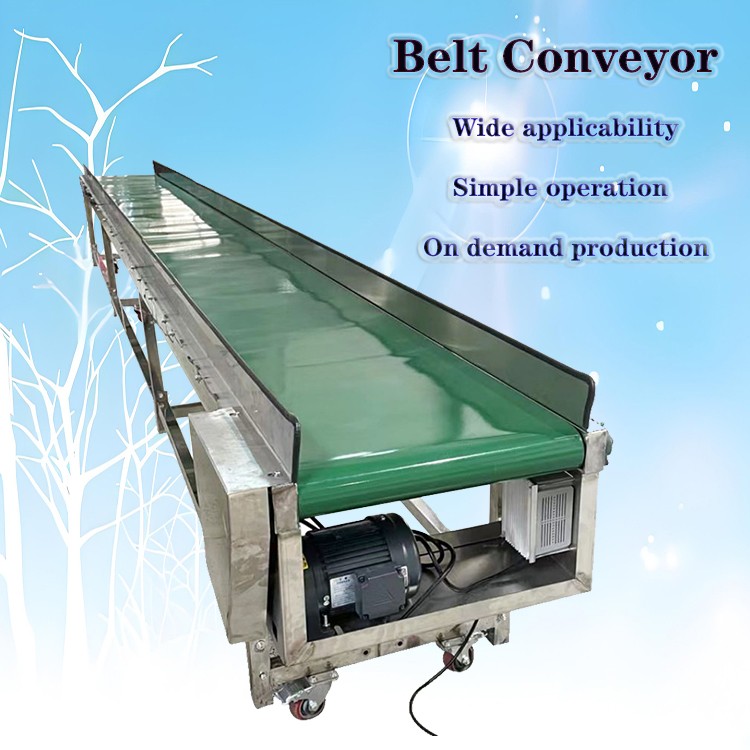
Belt conveyors have strong conveying capacity, long conveying distance, simple structure and easy maintenance, and can easily implement programmed control and automated operation. They are suitable for various industries such as electronics, hardware, machinery, chemical industry, food, forestry, mining, rubber, etc. Belt conveyors transport a wide variety of materials and have diverse structural forms In addition to being used for conveying ordinary materials, it can also meet the transportation of materials with special requirements such as oil resistance, heat resistance, corrosion resistance, and anti-static.
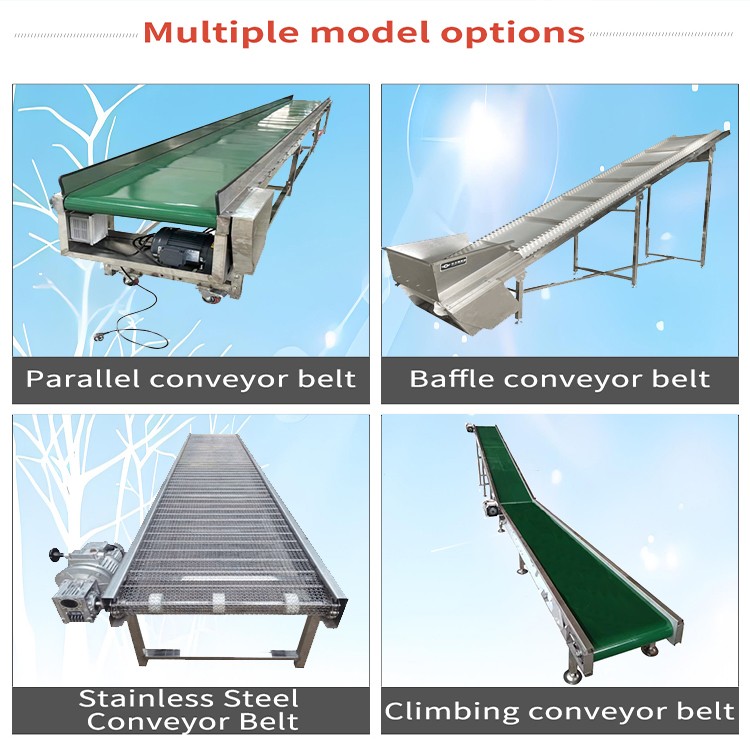
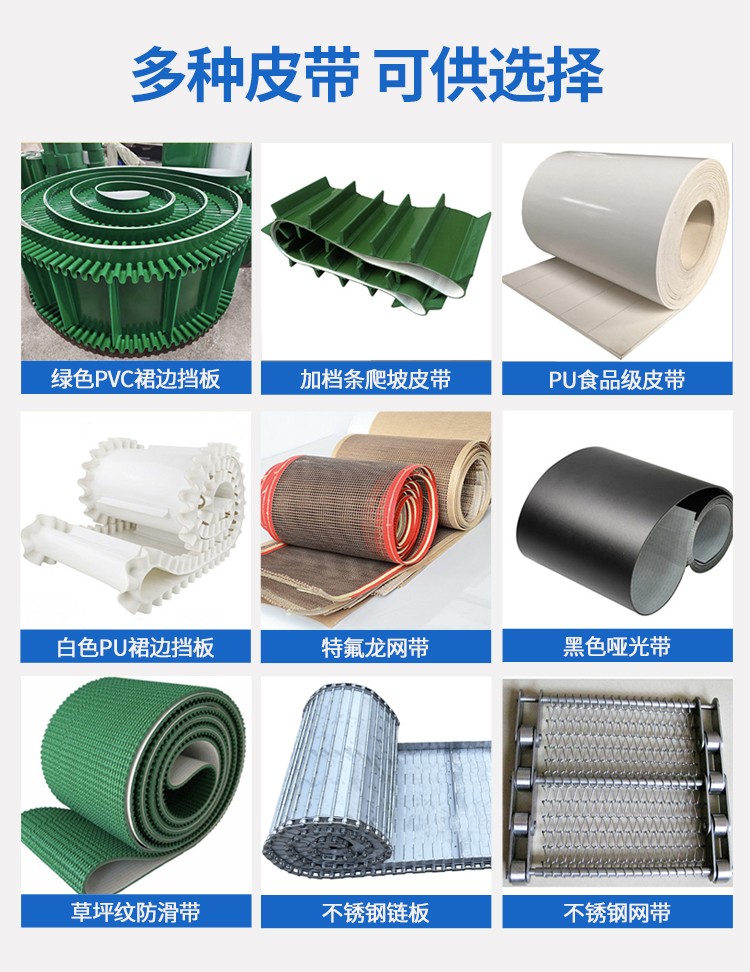
The structural forms of belt conveyors include:
There are various forms of belt conveyors, including groove belt conveyors, flat belt conveyors, climbing belt conveyors, and turning belt conveyors. The materials of conveyor belts include carbon steel conveyor belts, thermoplastic chain conveyor belts, PVC conveyor belts, PU conveyor belts, polyethylene conveyor belts, plastic chain plate conveyor belts, modular mesh conveyor belts, polypropylene conveyor belts, nylon conveyor belts, PTFE conveyor belts, and stainless steel conveyor belts. According to the needs of your product, different widths and shapes of chain plates can be selected to complete requirements such as flat conveying, flat turning, lifting, and lowering.

Characteristics of belt conveyor: Smooth conveying, no relative movement between material and conveyor belt, which can avoid damage to the conveyed material. Low noise, suitable for work environments that require quietness. The structure is simple and easy to maintain. Low energy consumption and low usage cost.
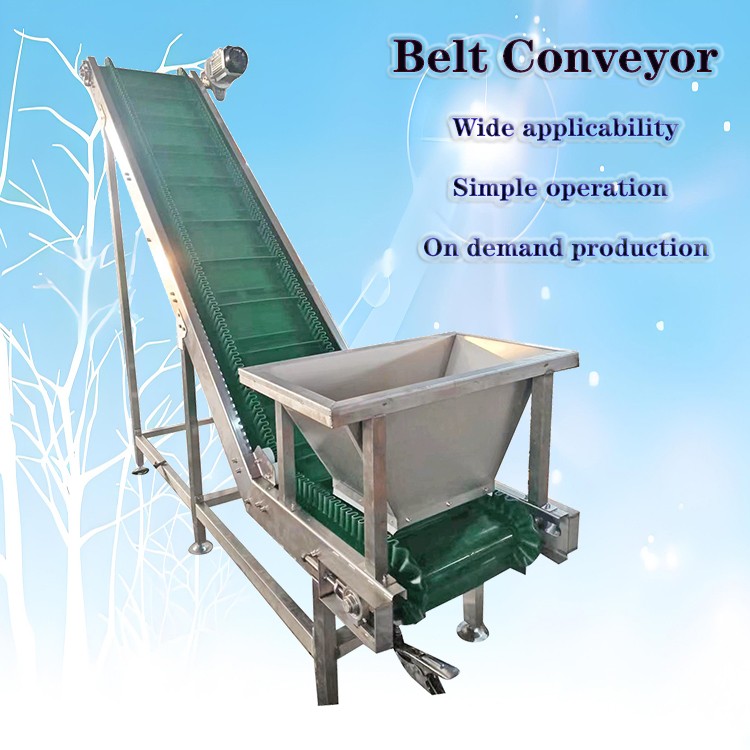
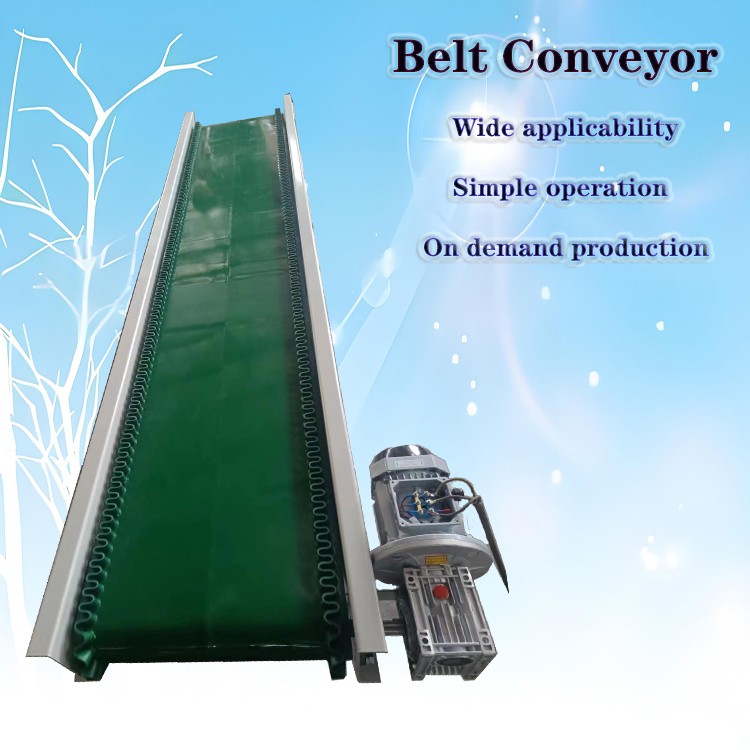
Characteristics of belt conveyor:
1. The driving methods include: reduction motor drive, electric drum drive;
2. The speed regulation methods include: frequency conversion speed regulation, stepless speed regulation;
3. Compact structure, small footprint, easy maintenance;
4. The equipment operates reliably, has a large conveying capacity, a long conveying distance, and can be used for multi-point material loading and continuous conveying;
5. The conveyor belt is made of various materials such as rubber, plastic, PVC, PU, etc. It is easy to clean, corrosion-resistant, and has a long service life;
6. Easy to operate, unobstructed, easy to maintain, horizontally arranged, and capable of inclined conveying, it is an ideal equipment for conveying grid slag;
7. This device can be linked with supporting equipment for easy control, and can also be connected to a control box on site.
